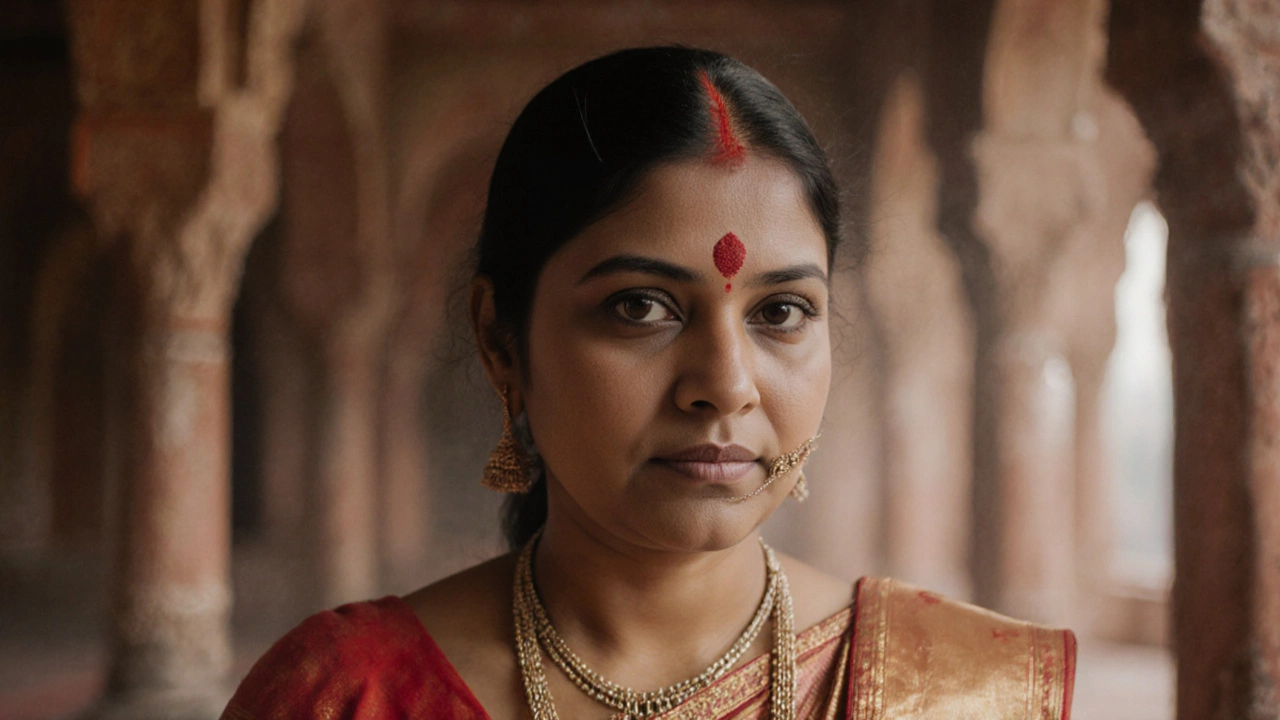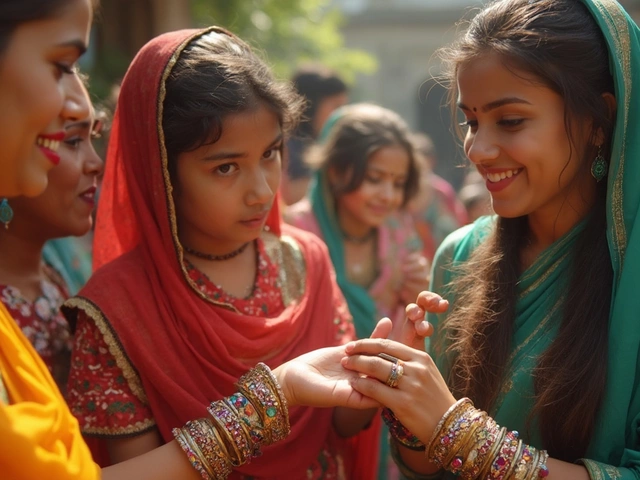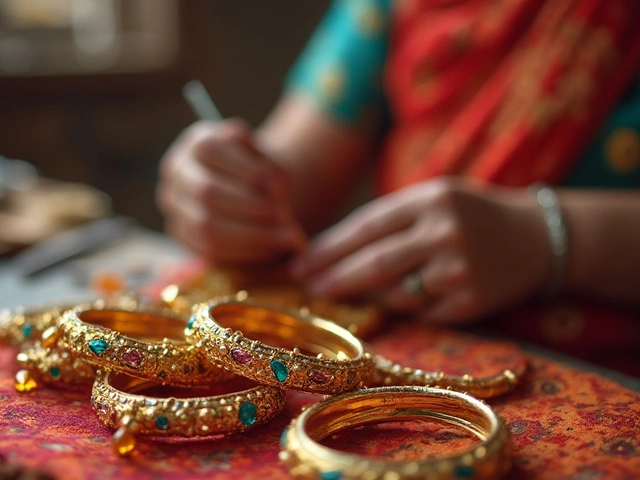When you see a Bindi is a decorative dot or sticker placed on the forehead, traditionally by women in South Asia, you might wonder if it’s reserved for a specific group.
What the bindi actually is
The bindi originates from ancient Vedic traditions where the spot between the eyebrows, known as the Ajna chakra, was considered a powerful energy center. Historically, the mark was made with vermilion powder (sindoor) or turmeric paste, signifying spiritual insight and marital status. Over time, artisans began crafting embroidered, jeweled, and later adhesive versions, turning the bindi into both a religious symbol and a fashion accessory.
Religious roots and cultural context
In Hinduism the major religion of India that embraces a wide range of rituals and symbols, the bindi represents the third eye, a gateway to intuition. Married Hindu women often wear a red kumkum bindi to indicate their marital status, while unmarried women might opt for a simple dot or decorative design.
Sikhism a monotheistic faith founded in the 15th century in the Punjab region also features a head ornament called a ‘tilak’ that resembles a bindi, though it serves a different theological purpose. The visual similarity often leads to confusion, but the intent behind each tradition remains distinct.
Who traditionally wears a bindi?
- Married Hindu women: a red kumkum dot signals a lifelong commitment. \n
- Unmarried women and girls: colorful or plain designs reflect personal taste rather than status.
- Regional variations: in South India, a small white or black dot is common; in Rajasthan, large embroidered pieces are popular.
- Special occasions: during an Indian wedding a multi‑day ceremony filled with rituals, music, and elaborate attire, brides wear intricate bindis made of gold, pearls, or sequins to complement their bridal look.
Even though the bindi is most closely tied to women, men in certain communities-especially during festivals like Maha Shivaratri a Hindu festival honoring Lord Shiva, observed with night vigils and special prayers-may apply a small dot for religious reasons.
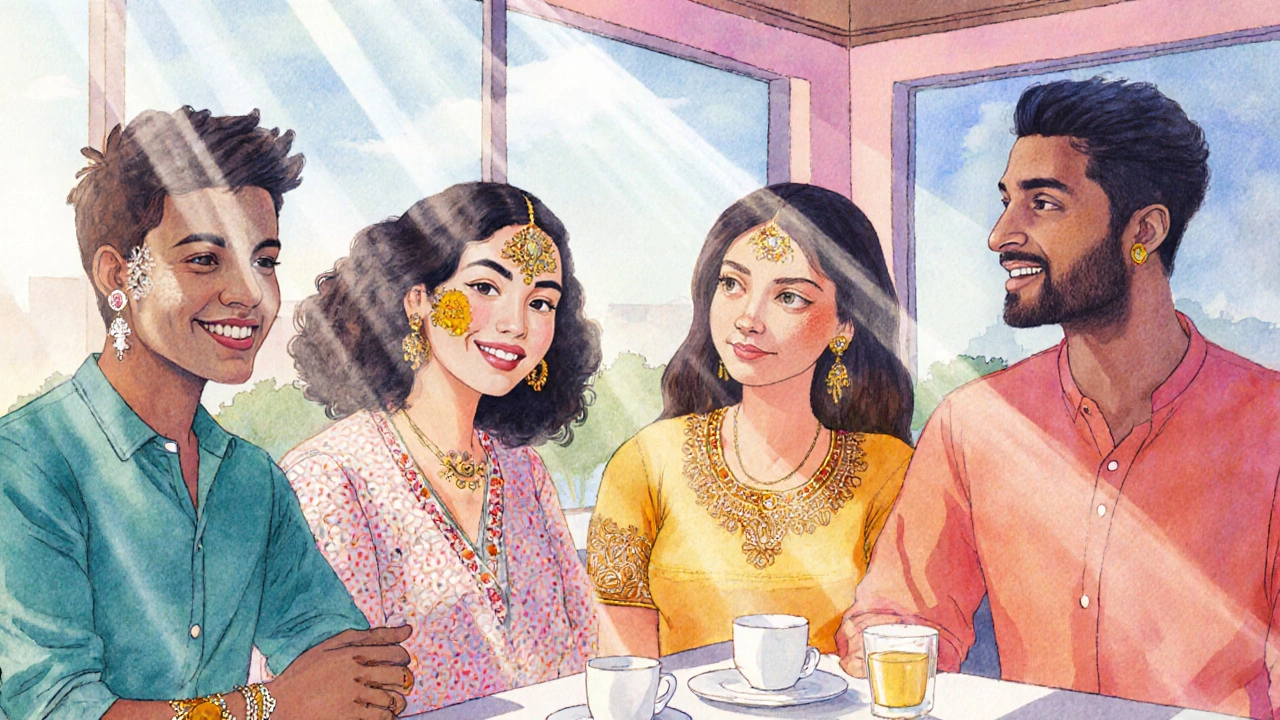
Modern adoption: beyond tradition
In today’s global fashion scene, the bindi has crossed cultural borders. Celebrities and designers incorporate it into runway looks, and anyone curious about the aesthetic can buy stick‑on versions at a convenience store. However, widespread adoption raises questions about cultural appreciation versus appropriation.
When non‑South Asians wear a bindi, intent matters. If the choice is rooted in respect for the symbolism and accompanied by an understanding of its history, it leans toward appreciation. If it’s used merely as a novelty without acknowledgment, it can feel dismissive to the cultures that hold the bindi dear.
Types of bindi and how to pick the right one
| Style | Material | Typical Use | Durability |
|---|---|---|---|
| Stick‑on bindi | Adhesive vinyl | Everyday casual wear | 1‑2 days |
| Cotton bindi | Fabric with thread | Traditional festivals, weddings | Up to a week |
| Embroidered jeweled bindi | Metal base with stones | Formal events, bridal looks | Reusable |
| Turmeric paste | Natural turmeric powder | Rituals, religious ceremonies | Temporary (hours) |
When choosing, consider the occasion, skin sensitivity, and desired longevity. For a quick office look, a stick‑on works best. For a cultural celebration, a cotton or embroidered piece aligns with tradition.
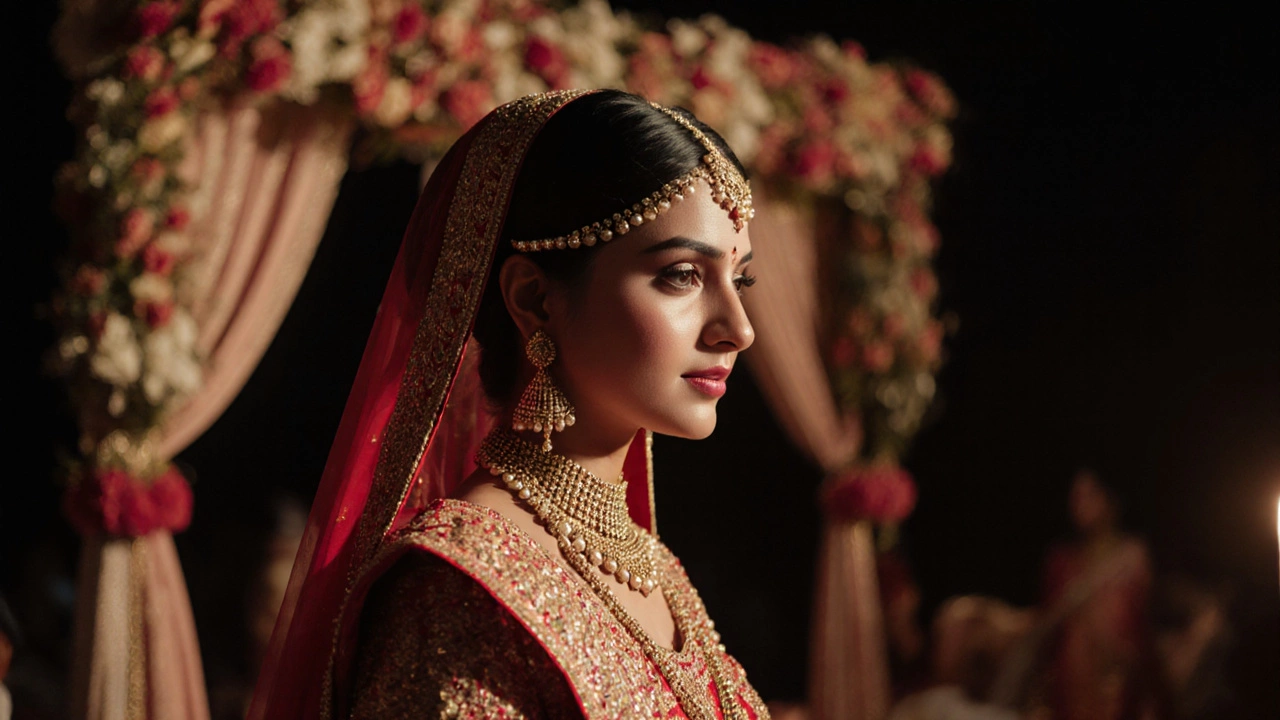
Step‑by‑step guide to wearing a bindi correctly
- Clean the forehead with a gentle cleanser; dry thoroughly.
- If using adhesive, peel the backing and place the dot centrally between the eyebrows. Press gently for a few seconds.
- For fabric bindis, hold the pin at the top, align it with the Ajna point, and carefully secure with a small, discreet needle.
- Take a moment to sit straight and breathe; this small ritual mirrors the meditative purpose behind the symbol.
- Check that the bindi is level; adjust if needed.
Remember, the bindi is meant to enhance confidence and focus, not to cause discomfort. If irritation occurs, remove it and try a hypoallergenic alternative.
Respectful usage tips
- Learn the story: Knowing the bindi’s link to the third eye and marital symbolism shows respect.
- Avoid stereotypes: Don’t pair a bindi with a costume that caricatures South Asian culture.
- Be mindful of religious settings: In temples, many women remove their bindis before entering; follow local customs.
- Ask when unsure: If you’re invited to a wedding, a polite question about appropriate attire can prevent faux pas.
Practicing these simple habits lets you enjoy the beauty of the bindi while honoring its roots.
Frequently Asked Questions
Can men wear a bindi?
Yes, especially during religious festivals like Maha Shivaratri or in Sikh tradition where a small tilak serves a similar purpose. The style is usually simpler and smaller than women’s bindis.
Is it disrespectful for a non‑Indian to wear a bindi?
Not inherently. Respect matters more than identity. If you understand its cultural meaning, wear it modestly, and avoid using it as a costume prop, the gesture leans toward appreciation.
Do married women always wear a red bindi?
Traditionally, a red kumkum bindi signals marriage, but modern couples often choose alternative colors or designs that match personal style while still honoring the tradition.
Can I make my own bindi at home?
Absolutely. Mix a pinch of turmeric with a little water to create a paste, or use a small cut‑out of fabric and secure it with a gentle adhesive. Homemade bindis add a personal touch to rituals.
Should I remove my bindi before entering a temple?
Practices differ. Some temples ask visitors to remove all accessories, while others allow bindis. Look for signage or ask a temple attendant to be safe.
Whether you’re attending a wedding, visiting a temple, or just love the look, the bindi offers a blend of spirituality and style. With the right knowledge, anyone can wear it respectfully and confidently.
